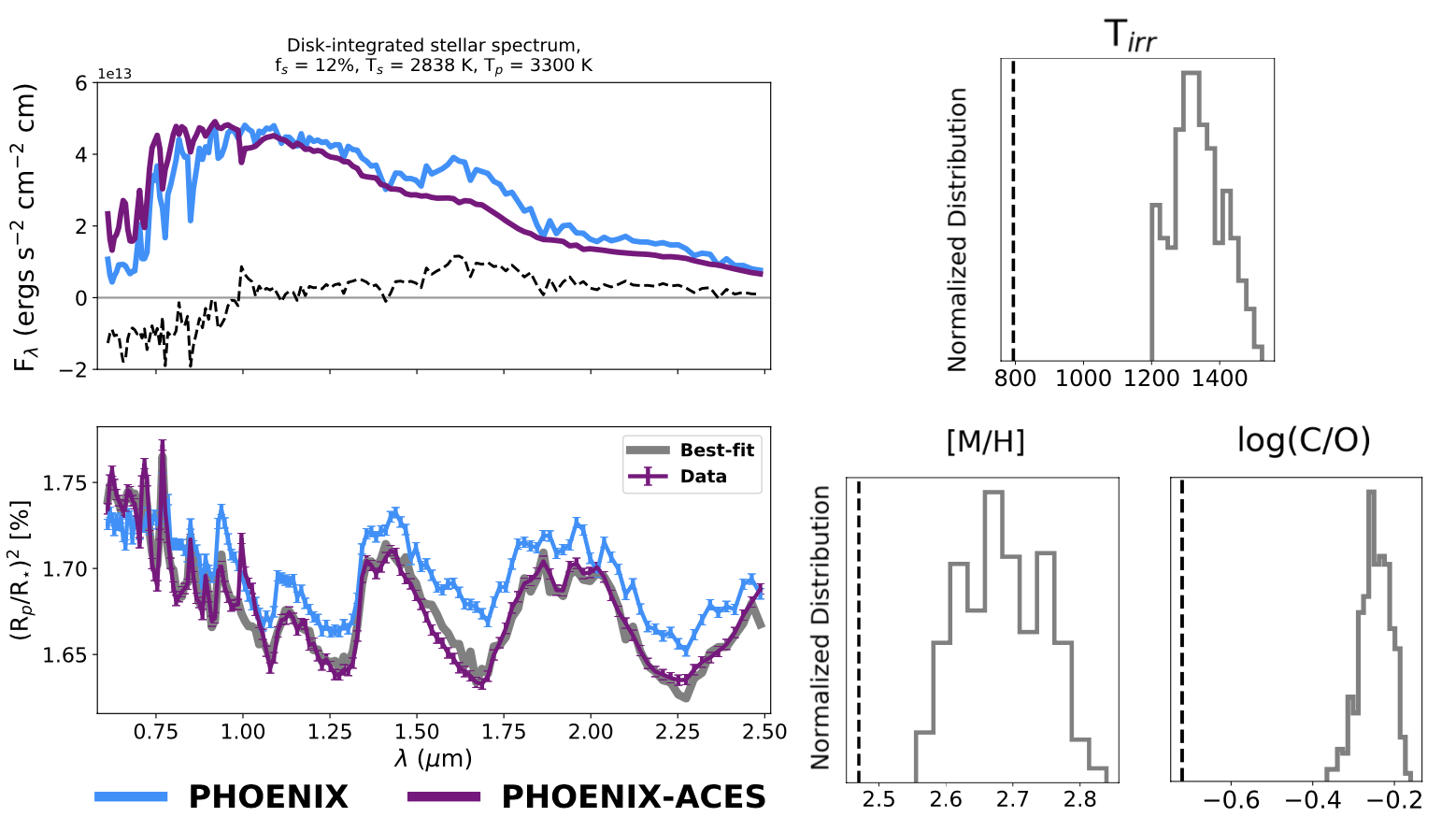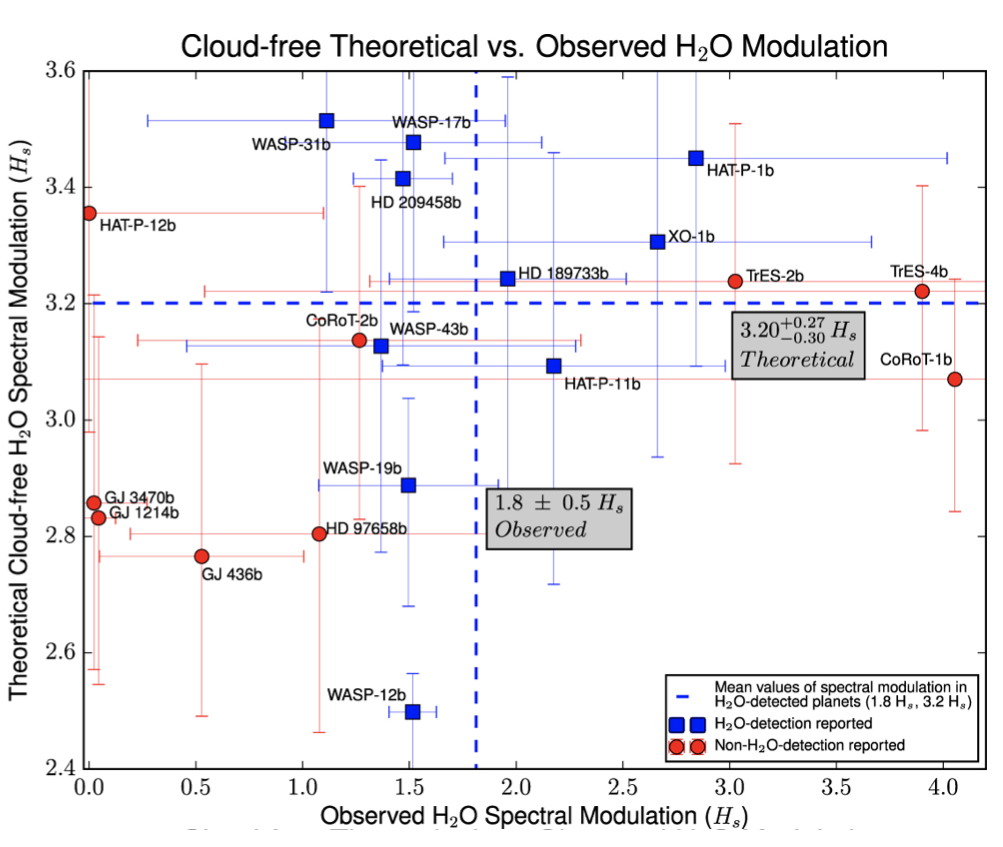I'm a NASA Postdoctoral Fellow at Goddard Space Flight Center. My primary research interest is to understand the behavior of sub-stellar mass objects, ranging from M dwarfs, brown dwarfs, to Exoplanets and of these systems together. I have worked on transmission spectra of Hot Jupiters, in understanding population level trends using HST/WFC3 data. I have also worked on understanding the influence of stellar photospheric activity on transmission spectra of warm-Neptune planets within a retrieval framework using simulated JWST data. I have build a stellar synthesis model for better characterizing M dwarf spectra in low-resolution (R~120) aquiring simultaneous constraints on host star [M/H] and C/O. As a NASA Space Grant Mentor, I have worked with an undergraduate student and constructed synthesis model grids for T dwarfs including effects of disequilibrium chemistry. I have also worked with 1-d hydrodynamic stellar evolution models to acquire X-ray fluxes of early M dwarfs and K dwarfs to understand activity environment around terrestrial exoplanets.
My top skills are follows: (1) Stellar and exoplanetary synthesis models (2) Gaussian Process based Bayesian Retrievals for Robust Error Analysis (3) Bayesian and grid-model Retrievals for estimating atmospheric abundances and thermal structures of sub-stellar objects. At Goddard, I'm part of the Science Team for the Pandora Smallsat Mission due to Launch in 2025 which will allow for multiwavelength long baseline characterization of Exoplanets and their Host Stars.
Recent Work

[M/H] and CtoO constraints of benchmark M dwarfs from low-resolution spectra (R~120) using SPHINX model grid, Iyer et al. 2023
Comparing SPHINX grid-model retrieved metallicity values against C/O for benchmark M dwarfs.
We also show the derived effective temperatures for each target in the colorbar. In gray, we show local FGK population Metallicity and C/O estimates from (Hinkel et al. 2014). Our derived values are consistent with the local population.

Unocculted Starspots will continue to be a problem for warm-Neptune transmission spectra despite corrections and JWST precision, IF the disk integrated spectrum of the host star isn't characterized properly, Iyer & Line, 2020
Demonstration of the impact of the choice of stellar model atmosphere used to correct the transmission spectrum, effectively mimicking anticipated
deviations of a stellar model with the true stellar spectrum. This is under the cloudy, high-metallicity scenario orbiting an M-dwarf with 12% spot as observed with a
30 ppm precision over a NIRISS-like passband. We emulate the “true” stellar spectrum (top left) and contaminated transmission spectrum (bottom left) with the newer
PHOENIX-ACES models (Husser et al. 2013) (in purple) but apply the correction in the transmission retrieval using the older PHOENIX models (Allard
et al. 2003, 2007; Allard & Freytag 2009) (light blue). In the transmission spectrum panel (bottom left) we compare the “true spectrum” (e.g., “data”) produced with
the PHOENIX-ACES stellar model contamination to the incorrect contamination model produced with the PHOENIX stellar model, along with the “best” fit
PHOENIX corrected stellar model (gray). The histograms on the right show the strong biases on the atmospheric properties that can occur when an inadequate stellar
photosphere model is used for the spot correction (truth values as vertical dashed lines)

About half of the atmospheric scale height of Hot Jupiter atmospheres is obscured by clouds, Iyer et al. 2016
Clouds typically prevent at least half of the potentially measurable atmospheric annulus from being sampled in a transit measurement. We illustrate this by computing the spectral modulation for a cloud-free atmosphere using an [H2O] abundance of 17 ppm. Cloud-free forward models are generated for each HST/WFC3 planet and the observed H2O spectral modulation is plotted vs. the theoretical pure-H2O modulation derived from the forward models. As a whole, the H2O-detection reported planets (the blue squares) have a mean observed modulation of 1.8 ± 0.5 Hs compared with a theoretical modulation of 3.20 Hs. The ratio of these values represents a maximum value (∼2 Hs) of potentially viewable atmospheric column sampled by the transmission spectrum.

Broader Impacts: Contribution through peer focused mentoring programs for undergraduates at ASU




